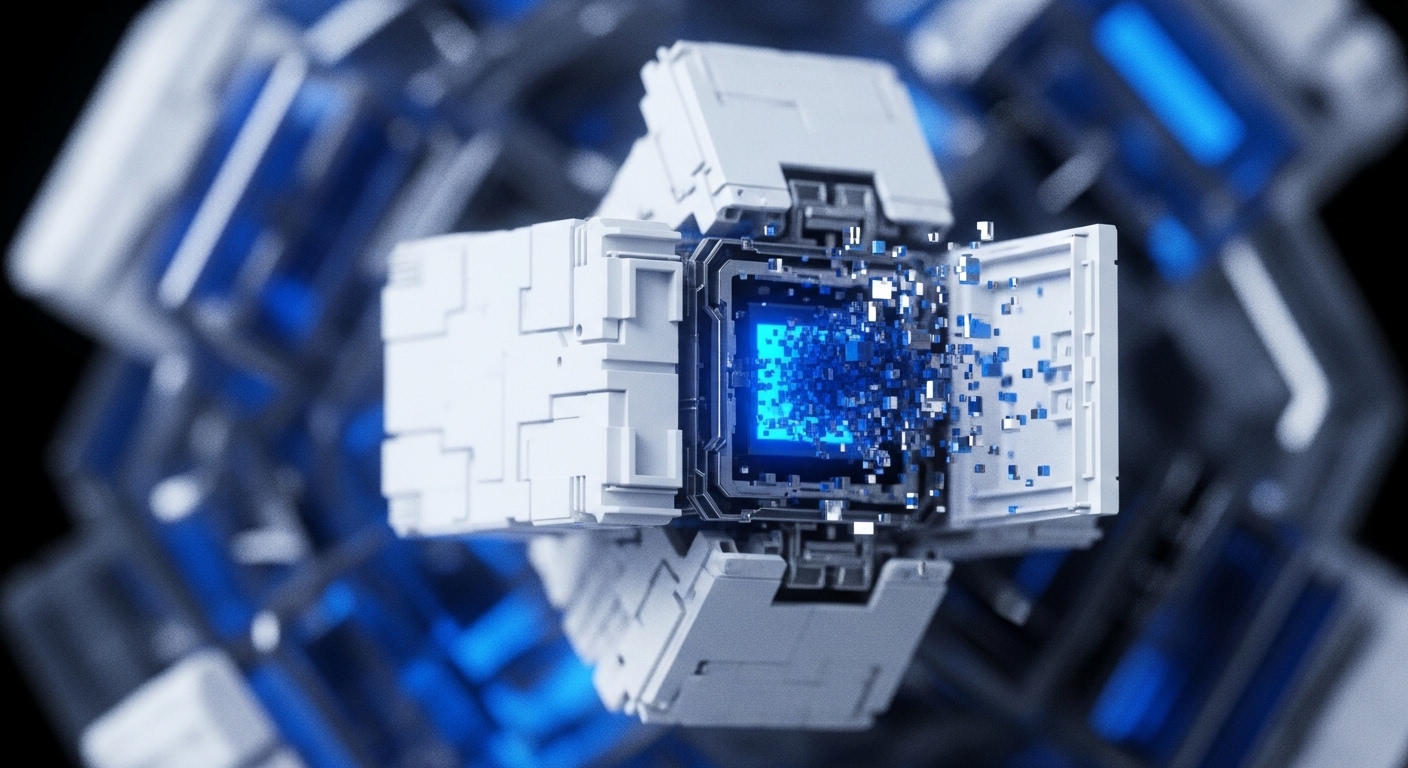
Briefing
This research addresses the fundamental challenge of blockchain scalability, particularly the “size-security dilemma” inherent in traditional sharding approaches where individual shards must be large enough to maintain security, thereby limiting overall parallelism. Arete, the proposed architecture, resolves this by deconstructing the State Machine Replication (SMR) process into distinct ordering and processing tasks. This separation allows for the creation of numerous smaller, highly resilient processing shards that operate without direct consensus, significantly enhancing transaction throughput and network scale. This new theoretical framework offers a pathway to truly scalable blockchain systems without compromising foundational security properties.

Context
Prior to this research, sharding, a technique to enhance blockchain scalability by dividing nodes into multiple parallel processing groups, faced a critical limitation → the size-security dilemma. Existing sharding solutions struggled to simultaneously achieve high performance and a large network scale because each shard required a substantial number of nodes to ensure Byzantine fault tolerance. This constraint often necessitated weakening adversary assumptions or imposing stronger network synchrony, preventing optimal parallelism and limiting the practical scalability of distributed ledgers.

Analysis
Arete’s core mechanism involves a novel deconstruction of the State Machine Replication (SMR) process, traditionally a monolithic operation, into three distinct steps → transaction dissemination, ordering, and execution. The architecture designates a single, lightweight ordering shard responsible for establishing a global transaction order. Concurrently, multiple processing shards handle the dissemination and execution tasks. Crucially, these processing shards are freed from running consensus, allowing them to tolerate up to half compromised nodes and operate with significantly smaller sizes.
Furthermore, Arete separates the considerations of safety and liveness against Byzantine failures, which allows for an improved safety threshold while strategically tolerating temporary liveness violations. This certify-order-execute model fundamentally differs from previous approaches by fully parallelizing transaction handling, thereby resolving the inherent size-security trade-off.

Parameters
- Core Concept → Deconstructed State Machine Replication (SMR)
- New System/Protocol → Arete
- Key Authors → Jianting Zhang, Zhongtang Luo, Raghavendra Ramesh, Aniket Kate
- Primary Innovation → Ordering-processing sharding scheme
- Security Enhancement → Safety-liveness separation
- Performance Metric → Optimal-size shards
- Evaluation Environment → Geo-distributed AWS
- Fault Tolerance → Up to half compromised nodes per processing shard

Outlook
The Arete architecture opens new avenues for designing highly scalable blockchain infrastructures by enabling the sharding of any unsharded blockchain without compromising resilience to Byzantine failures or requiring strong network synchrony assumptions. Future research will explore efficiently handling cross-shard transactions by leveraging the global order established by the ordering shard, eliminating the need for state locking. Additionally, the decoupled and asynchronous nature of transaction execution and ordering in Arete facilitates the integration of complex smart contract execution engines, potentially unlocking a new generation of high-performance decentralized applications.
Signal Acquired from → arXiv.org
